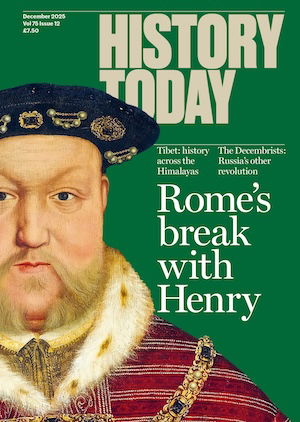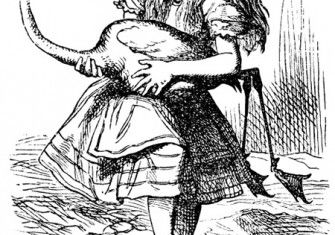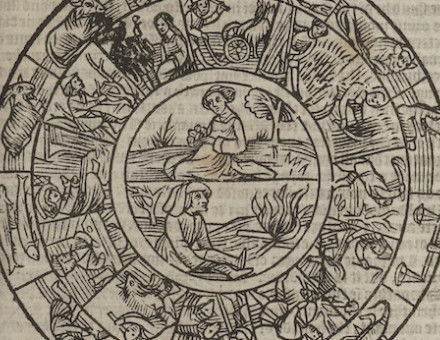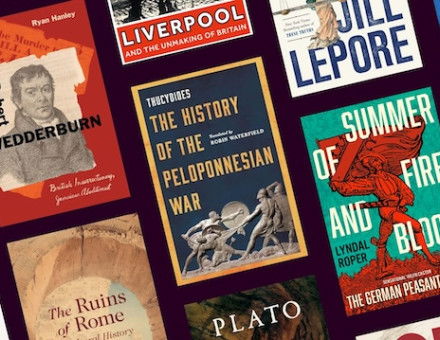Birth of Lewis Carroll
The author of Alice's Adventures in Wonderland was born on January 27th, 1832.
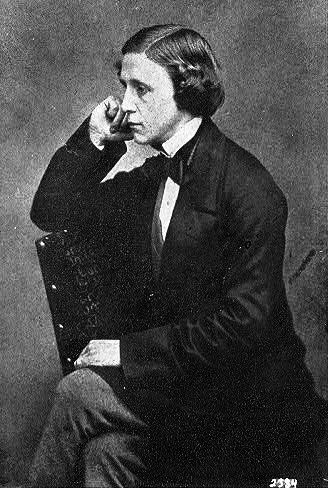
When Charles Lutwidge Dodgson climbed into the small boat moored on the river at Oxford in July, 1862, joining the Liddell children, Alice, Lorina and Edith, and his colleague Robinson Duckworth, he could little have known that the outcome of an innocent boat trip would be Alice’s Adventures in Wonderland (1865), one of the best-loved children’s stories ever written – and one of the darkest and fiercest controversies ever surrounding an author and his motivations.

